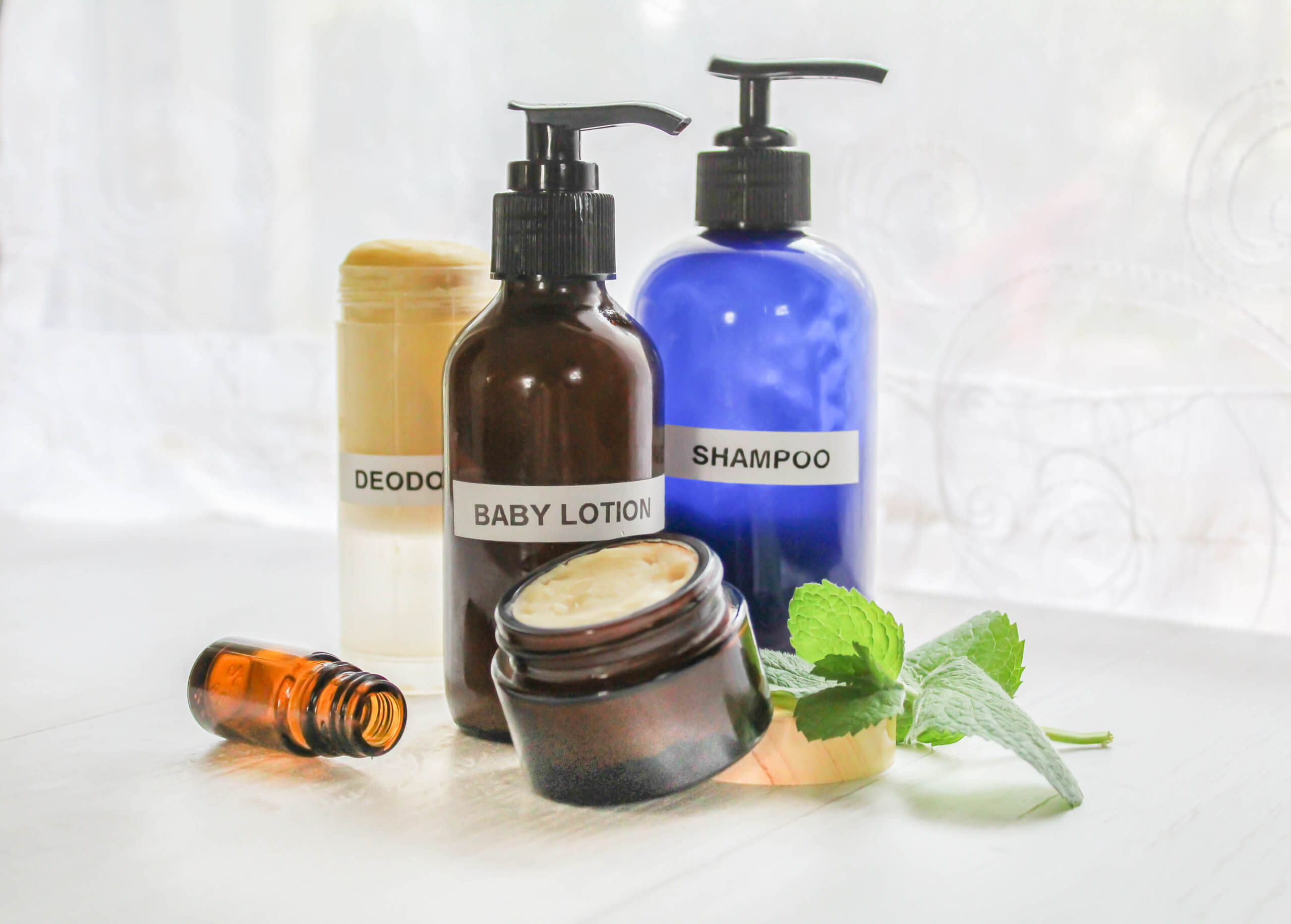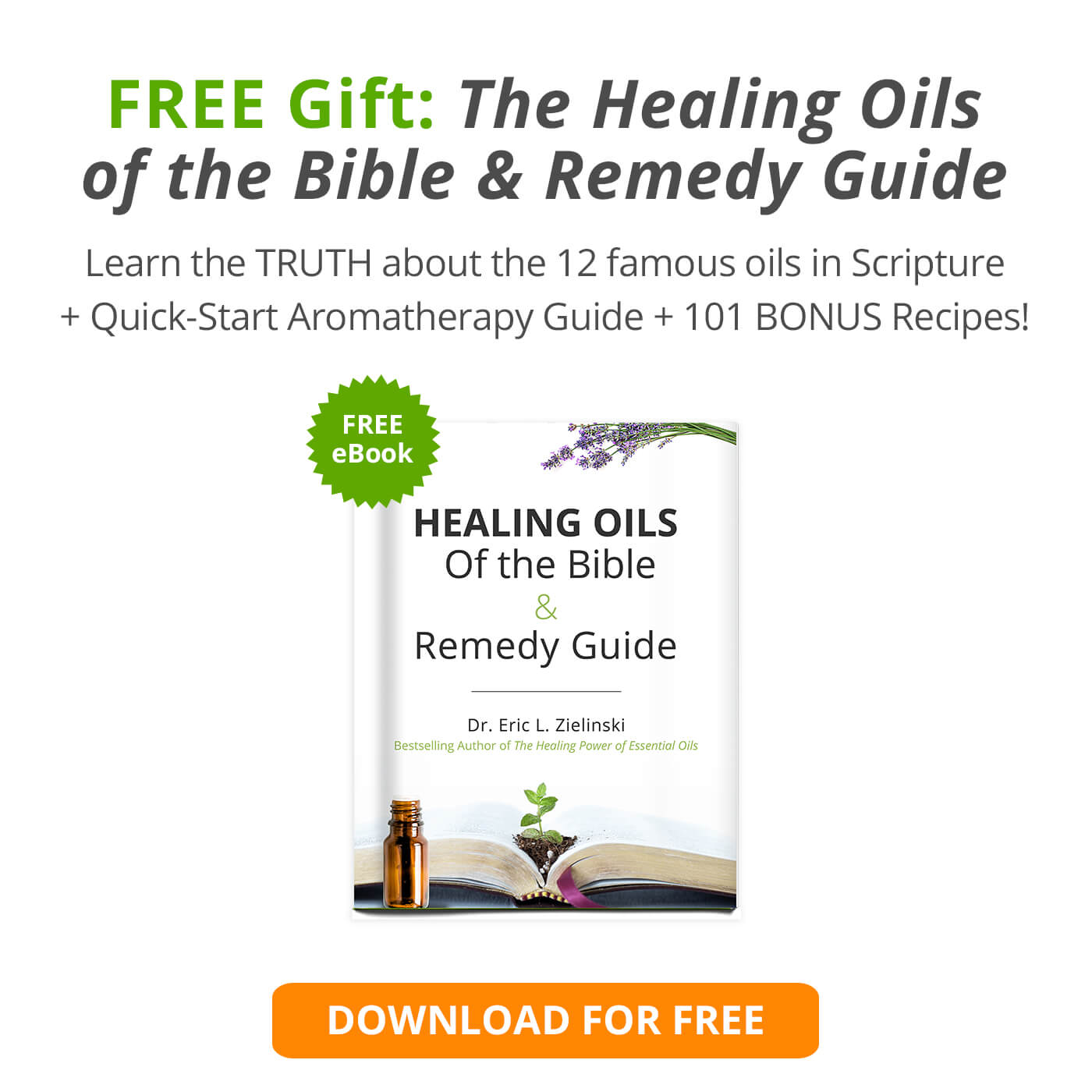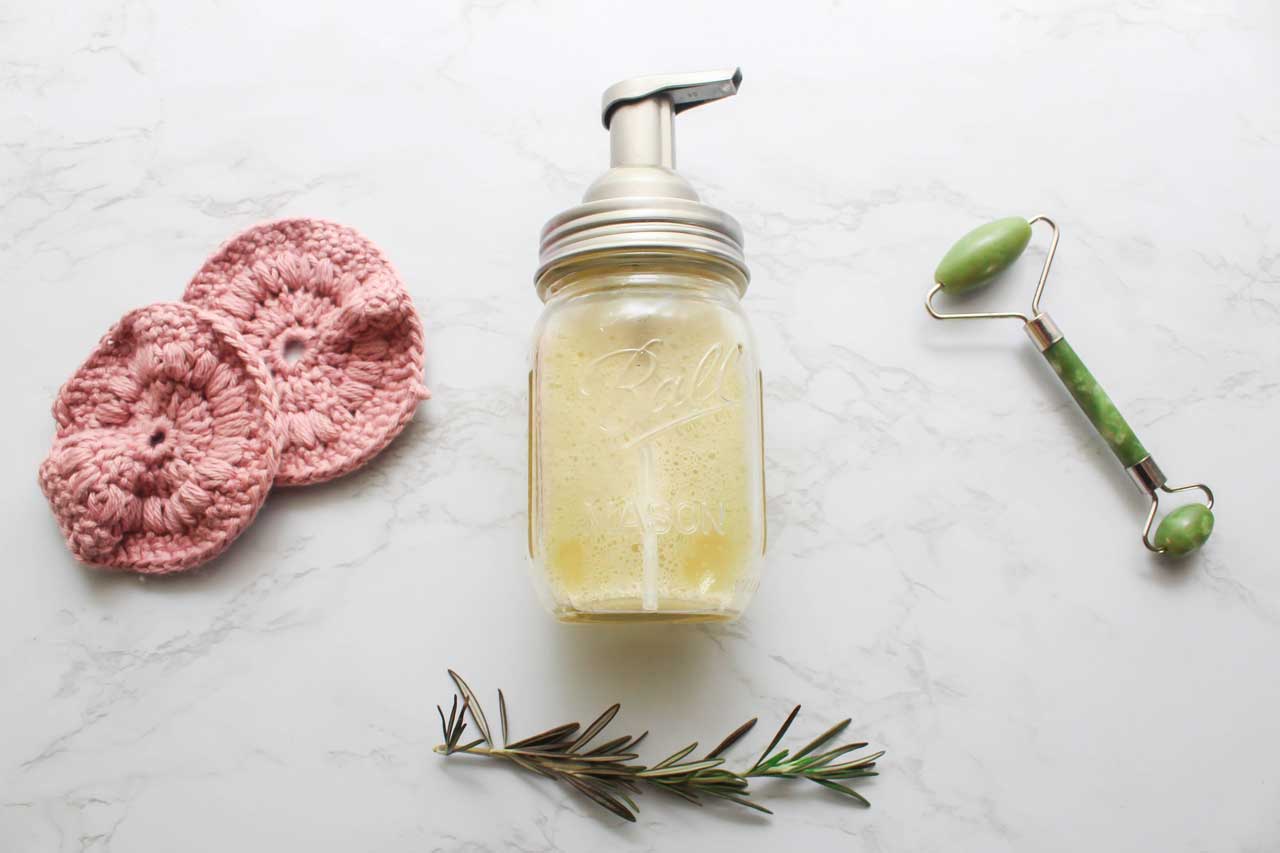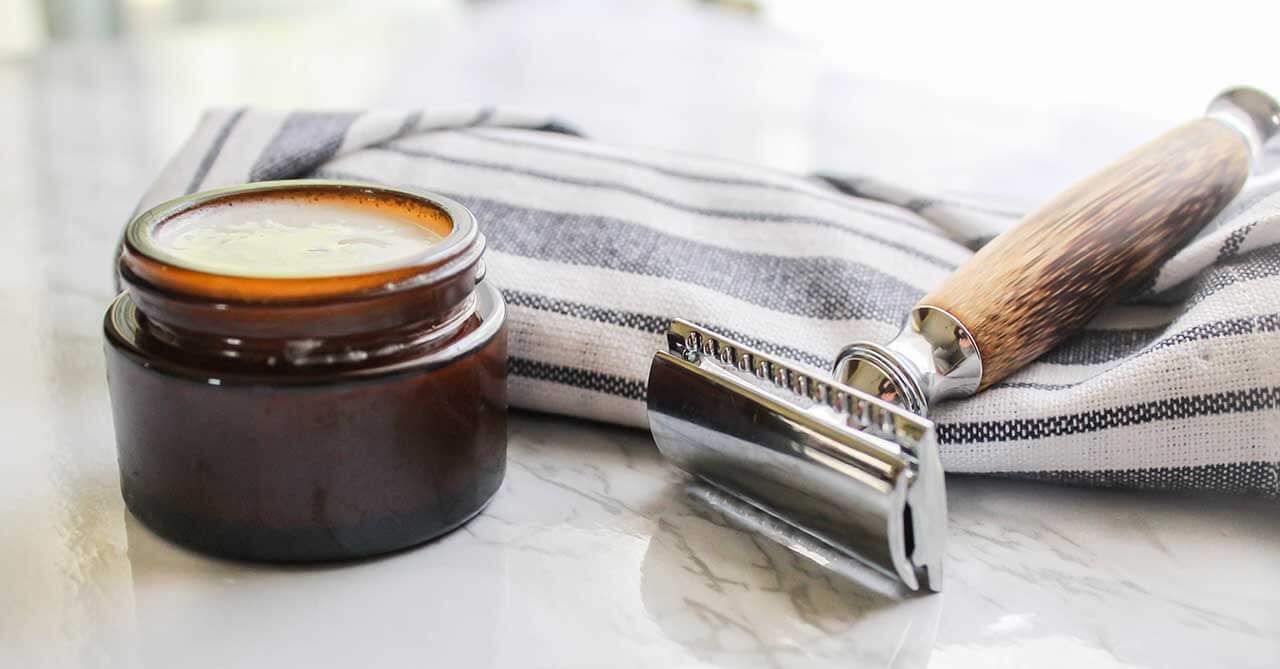It’s a well-known fact that beauty is important to many people. It’s disheartening to see people purchase unquestionably risky products in the name of looking good. I’ve learned how to find natural beauty products through trial and error, and it would be wrong of me not to share my tips with you!
Putting your best face forward is necessary and nothing to be ashamed of. There are many ways to improve your appearance without exposing your body to harmful toxins. If you’re ready to detox your home and still look gorgeous, read on!
Table of Contents
- Dangerous Ingredients
- Eliminate Toxic Body Care Products
- DIY is THE Solution
- Homemade Natural Beauty Products Index
Dangerous Ingredients
In 2017, the beauty market was anticipated to reach $265 billion. That’s a lot of people investing hard-earned money in their appearance! (1) Liken this to the most profitable industry in the United States (health care, which reached $21.8 billion in 2014), and you’ll get a feel for the importance of this kind of profit.
Health and beauty manufacturing is a business, and most companies will do whatever it takes to cut corners, even if this involves putting consumers at risk. Manufacturers use additives, fillers, and preservatives that aren’t safe to apply to the human body! Most companies aren’t transparent about their ingredient list, and they don’t have to be, thanks to a legal loophole from the FDA. (2)
As health and beauty manufacturers fill their wallets, the entire world is risking an abundance of health conditions. The lineup of uncertain ingredients is lengthy, and new chemicals are introduced nearly every day. Some people may disregard these warnings because they’re only applying toxins to their skin and not ingesting them. What’s the big deal?
The truth is, our skin is our body’s largest organ, and anything that we put on our skin, good or bad, will be absorbed and enter the body. It’s simply impossible to avoid contact with these dangerous chemicals if you purchase ordinary, conventional products; hence, the reason to create your own natural beauty products.
We should be cautious of a biochemical accumulation from long-term use. The list of toxins in these products goes on for days, but commonly used ingredients that you should be apprehensive of are:
Coal Tar– Also listed as FD&C Red No. 6, coal tar is banned in Europe because it’s a known cancer-causing agent. It is a primary component in anti-dandruff/anti-lice shampoos. (3)
Formaldehyde– Formaldehyde is a deadly neurotoxin and carcinogen added to nail products to extend shelf life. (4)
Fragrance/Parfum– A broad term for an entire group of chemicals that give cosmetics their addictive smell, fragrance, and parfum. You should avoid these chemicals because they can cause allergic reactions or hormone disruption.
Sodium Lauryl Sulfate– More than 16,000 studies about sodium lauryl sulfate have clarified that it might not be as dangerous as previously thought. Nonetheless, EWG has linked it to organ toxicity and many health concerns like skin irritation. (5)
Parabens -Though related to breast cancer, decreased sperm counts, and premature puberty (early onset of puberty), parabens, a class of widely used synthetic preservatives, have earned the FDA’s recognition with no hesitation. According to their report, the “FDA is aware that estrogenic activity in the body is associated with certain forms of breast cancer.” (6)
Propylene glycol– A synthetic liquid material that absorbs water, propylene glycol is used to manufacture everything from brake fluid to hand lotion! (7) It has been linked to allergies, eye irritation, indigestion, respiratory problems, and skin irritation.
Talc– In its natural form, some talc contains asbestos, a deadly carcinogen. It is made from a purified mineral that bears the same name. Although the American Cancer Society states that “No increased risk of lung cancer has been reported with the use of cosmetic talcum powder,” it is still a known poison when inhaled or swallowed. (8)
Note about Mineral Oils
Mineral oil is a clear, refined liquid distilled from petroleum. It’s available over-the-counter to treat various ailments like constipation, skin irritations, scalp conditions, and ear-wax buildup. A common ingredient in baby lotions, cosmetics, creams, and ointment, mineral oils’ potential adverse health effects has been a concern for natural health consumers for several years.
Occupational exposure (manufacturing, mining, construction, and other industries) is a well-known risk for cancer, but exposure to body care is not straightforward. (9) The key seems to be in bioaccumulation – as you can find mineral oils in food, cleaners, and other standard products.
According to the EWG, this mineral is given a safety rating of 1-3 (low to mild toxicity). Essentially, it depends on the usage and amount used in each product. (10)
The safety of these mineral oil-containing products is thus indirectly documented by their prevalent and long-term use, with a simultaneous lack of clinical and epidemiological evidence for adverse health effects. (11)
Eliminate Toxic Body Care Products
It’s essential to revamp your home with natural beauty products because it’s virtually impossible to find safe beauty items in your local stores. The few you can find come with a high price tag! It’s important to become an avid label reader and determine when something isn’t 100% safe. Our list of known carcinogens in body care products can help you make the best decisions possible.
Eliminating these products from your home is simple. Focus on detoxing one area at a time, starting with products that contain artificial fragrances. A healthy home doesn’t have to break the bank. Many find they’re able to save money by DIYing natural beauty products.
Over time, avoiding toxins will become second nature, especially after you learn the names of chemicals.
Just because a particular product is sold at your local co-op, Trader Joe’s, or Whole Foods, there’s no guarantee that it’s safe to use. The Environmental Working Group (EWG) has evaluated over 72,000 products and has ranked them in an easy-to-understand guide. (12) Check it out for yourself.
You’ll be surprised that even most “all-natural” products aren’t what they seem to be! You cannot avoid exposure to these toxins unless you make your natural beauty products!
DIY Is the Solution
The best way to kick dangerous toxins to the curb is to DIY your natural beauty products. If you have no time or desire to DIY, don’t worry. You can buy directly from trusted companies. If you’re budget-savvy, like us, we recommend trying our body care recipes. These items are cost-effective, easy to make, and you’ll be happy with the results!
The best part of DIYs is the luscious ingredients. Here are a few elements we love to use in our body care products.
Coconut Oil: In the past 5 years, coconut oil has become one of the most popular and widely sold products in grocery stores across the country. In addition to being a fabulous superfood, it is an antifungal agent with fantastic moisturizing properties.
Shea Butter: Rich in vitamin A, the fat extracted from African shea tree nuts has been a staple in health and beauty products for centuries. This simple ingredient is a cost-effective way to treat everything from sunburns to eczema! Bonus: It whips up to double your product!
Homemade Natural Beauty Products Index
Adding essential oils to your body care products provides significant health benefits. It also adds a delightful scent that you can customize to fit your needs. Here are a few of our favorite essential oils to add to natural beauty products.
- Lavender– Calming, antibacterial, antifungal
- Tea Tree – Heals wounds and clarifies the skin
- Rosemary– Great for hair AND skin, can boost memory
- Geranium– Full of antioxidants to renew the skin
If you need DIY inspiration, I encourage you to try any of these recipes. Each one will nourish your body and keep your home toxin-free!
DIY Lotion Bar or Salve Base– A thicker base for lotions and salves.
Homemade Hand Soap – A gentle liquid hand soap made with essential oils.
Homemade Shave Cream – Make your own shave balm and eliminate many toxic ingredients.
DIY Body Wash – This kid-friendly body wash can replace carcinogenic ingredients in many bath products.
Essential Oil Sugar Scrub DIY – A great way to bring a healthy glow to your skin!
DIY Lip Balm– Make your own lip balm with essential oils.
Homemade Body Butter– Perfect for dry, irritated skin.
Mama Z’s Hand Cream – Moisturizing hand cream to soothe dry skin.
Homemade Perfumes or Colognes – Eliminate artificial fragrances with these DIY perfumes.
Dusting Spray – An excellent wood polish to nourish and protect your natural furniture.
Fibromyalgia Massage Blend– Great for general pain relief as well.
DIY Muscle Rub Pain Relief Salve – Wonderful for after a workout.
Natural Pain Relief Massage Oil – Great for chronic pain.
Neuropathy Body Oil – Use it for nerve or muscle pain.
Night-Time Detox Bath – Perfect for helping you release the day.
Precise and Peaceful Roll-On Blend – Great for thyroid support.
Stomach Ache Roll-On Blend – Use these essential oils to ease tummy discomfort.
Mama Z’s Joyful Blend – Great for postpartum depression, seasonal mood swings, and more.
ADD/ADHD Relief Roll-On – A perfect blend to help focus and mental alertness.
Kid’s Remedies Roll-Ons – Sleepytime, anxiety, focus, itch relief, and more!
Homemade Dog Shampoos – Help control fleas and ticks with this recipe.
- http://www.cosmeticsdesign.com/Market-Trends/Global-beauty-market-to-reach-265-billion-in-2017-due-to-an-increase-in-GDP
- https://www.fda.gov/cosmetics/cosmetics-labeling/trade-secret-ingredients
- http://www.cdc.gov/niosh/idlh/65996932.html
- http://www.ncbi.nlm.nih.gov/pubmed/21782590
- http://www.ewg.org/skindeep/ingredient/706110/SODIUM_LAURYL_SULFATE/
- http://www.fda.gov/cosmetics/productsingredients/ingredients/ucm128042.htm
- http://www.atsdr.cdc.gov/phs/phs.asp?id=1120&tid=240
- http://www.cancer.org/cancer/cancercauses/othercarcinogens/athome/talcum-powder-and-cancer
- https://www.cancer.gov/about-cancer/causes-prevention/risk/substances/mineral-oils
- https://www.ewg.org/skindeep/ingredients/703977-MINERAL_OIL/
- https://pubmed.ncbi.nlm.nih.gov/31939687/
- http://www.ewg.org/skindeep/











